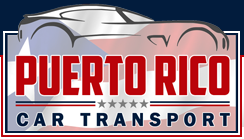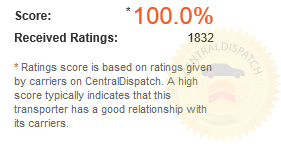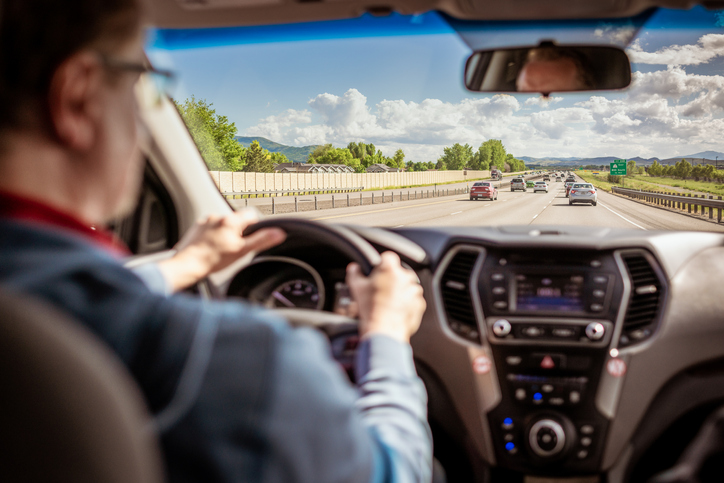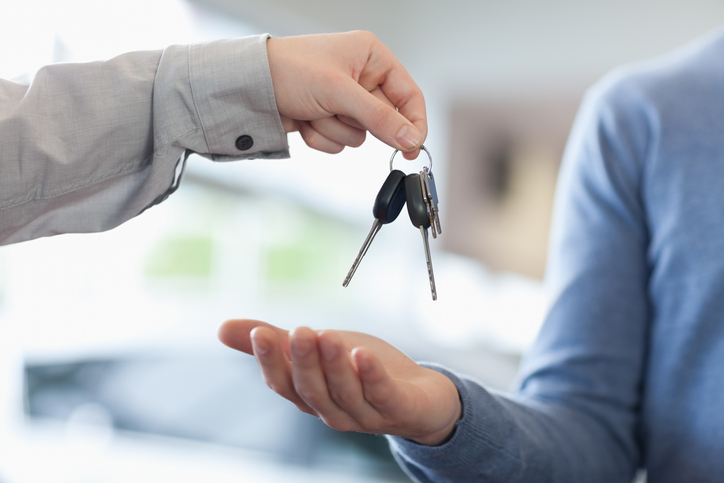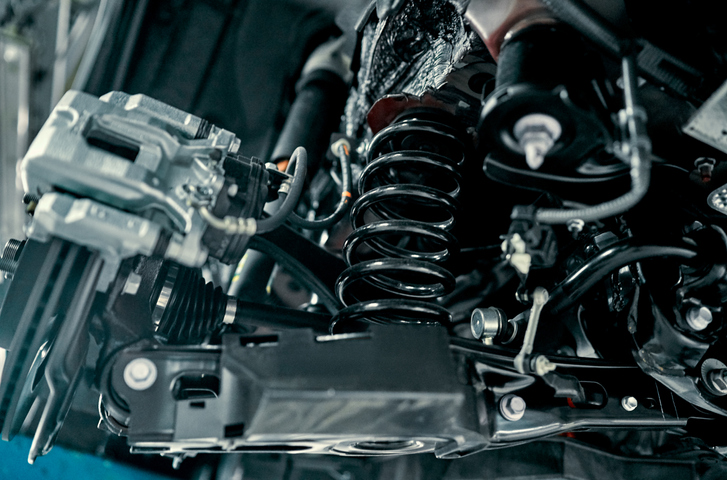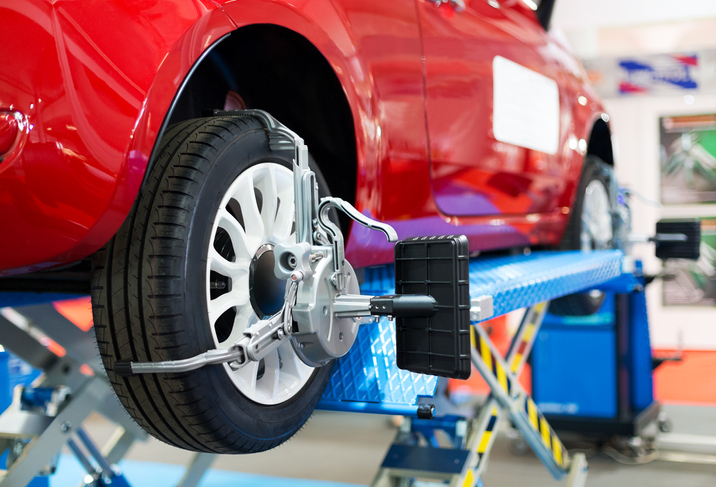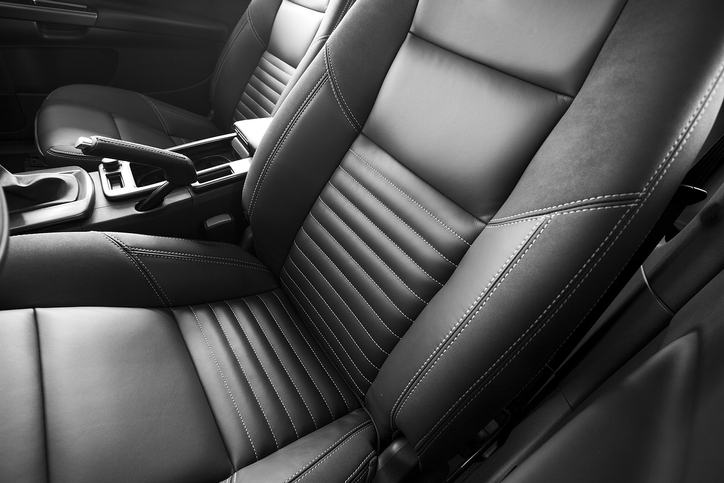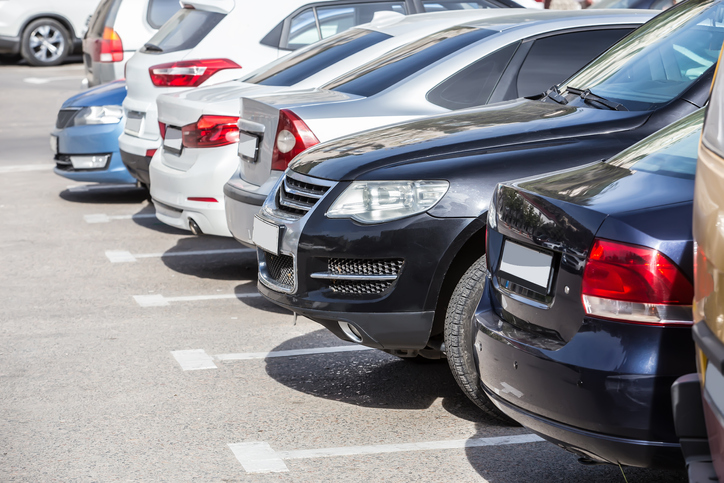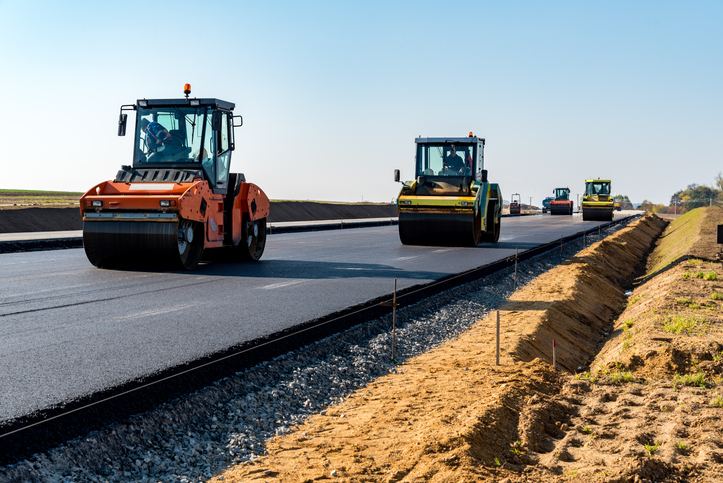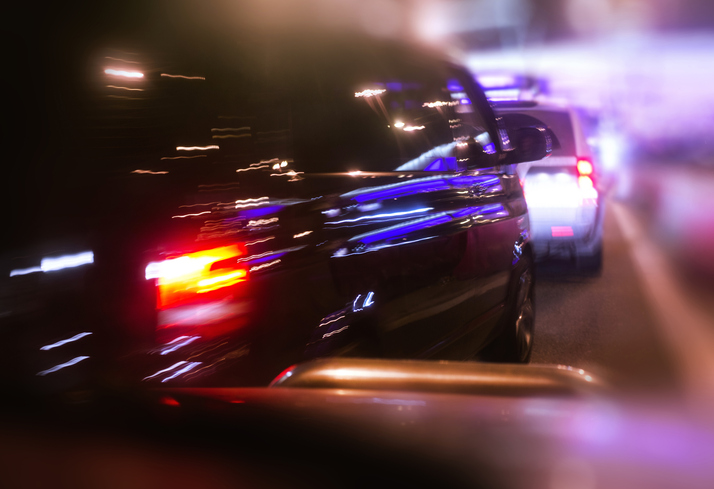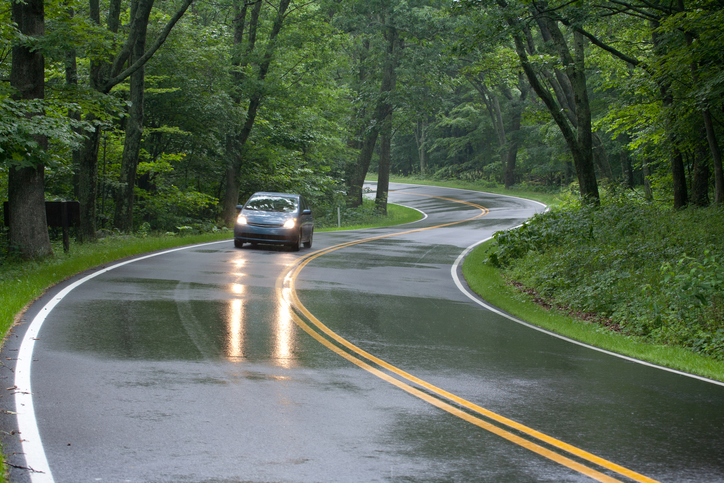When and where you could encounter fog in Puerto Rico
How to drive safely in the fog
Conclusion
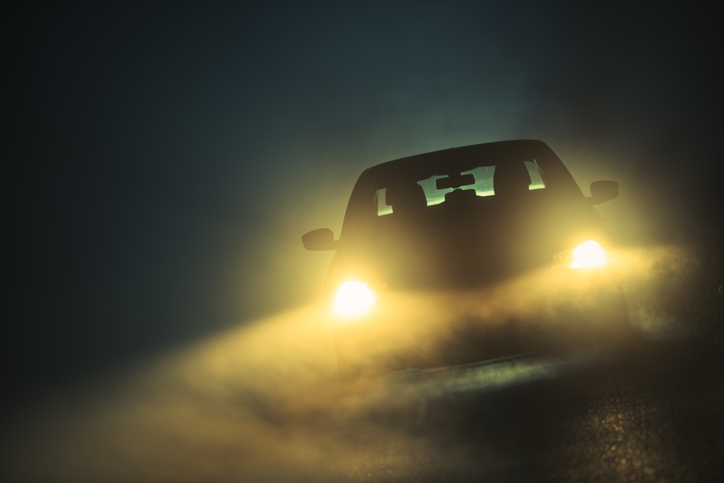
When and where you could encounter fog in Puerto Rico
Fog forms when warm and wet air is over a cooler ground. This is why you typically see fog in the morning. The ground temperature cooled overnight, then the air which is warming up before the ground does because of the rising sun and rising overall temperature is passing over it while moist and conditions are present.
It typically is not cold enough in Puerto Rico for too much fog, but it certainly is possible. Fog has a higher possibility of forming in Puerto Rico in higher elevations and during the cooler months when humidity is still fairly high. No matter what, you should always be prepared to safely drive through foggy conditions.
How to drive safely in the fog
Driving safely in the fog is not an easy task at all. However, it should always be your top priority. When fog is dense or present with other weather conditions such as wind and/or rain, it can be even more treacherous than it would typically be. Thankfully, there are some simple actions you can take to be as safe as possible when you are driving in the fog.
Always give yourself extra time to reach your destination when you are driving in the fog. This will reduce any urge to drive too fast which would obviously be a terrible idea. If you have fog lights use them, if you frequently experience fog in the areas where you drive it would be a good idea to get fog lights. Also, if you do not have fog lights and are driving in the fog, resist the urge to use your high beams as they can reflect off the fog and lower visibility as well as lower visibility for other drivers as well.
You should always keep distractions at an absolute minimum if not eliminate them completely, but it is even more critical that you do this in the fog. You can also use your windshield wipers and defrosters to limit the amount of moisture and fog directly on your windshield. Finally, if you think the fog is too dense and/or difficult to drive in you can always pull over and wait it out. Just make sure that you get as far over on the side of the road as possible and that you leave your caution lights on so other drivers can see you.
Conclusion
You likely will not see fog in Puerto Rico too often, but you will see it occasionally. This is dependent on the temperature and the elevation of the area you are in. Regardless, you should always be prepared to drive cautiously as well as safely in the fog. Always check the forecast and give yourself extra time in order to reach your destination if there is any possibility of fog in your area.
